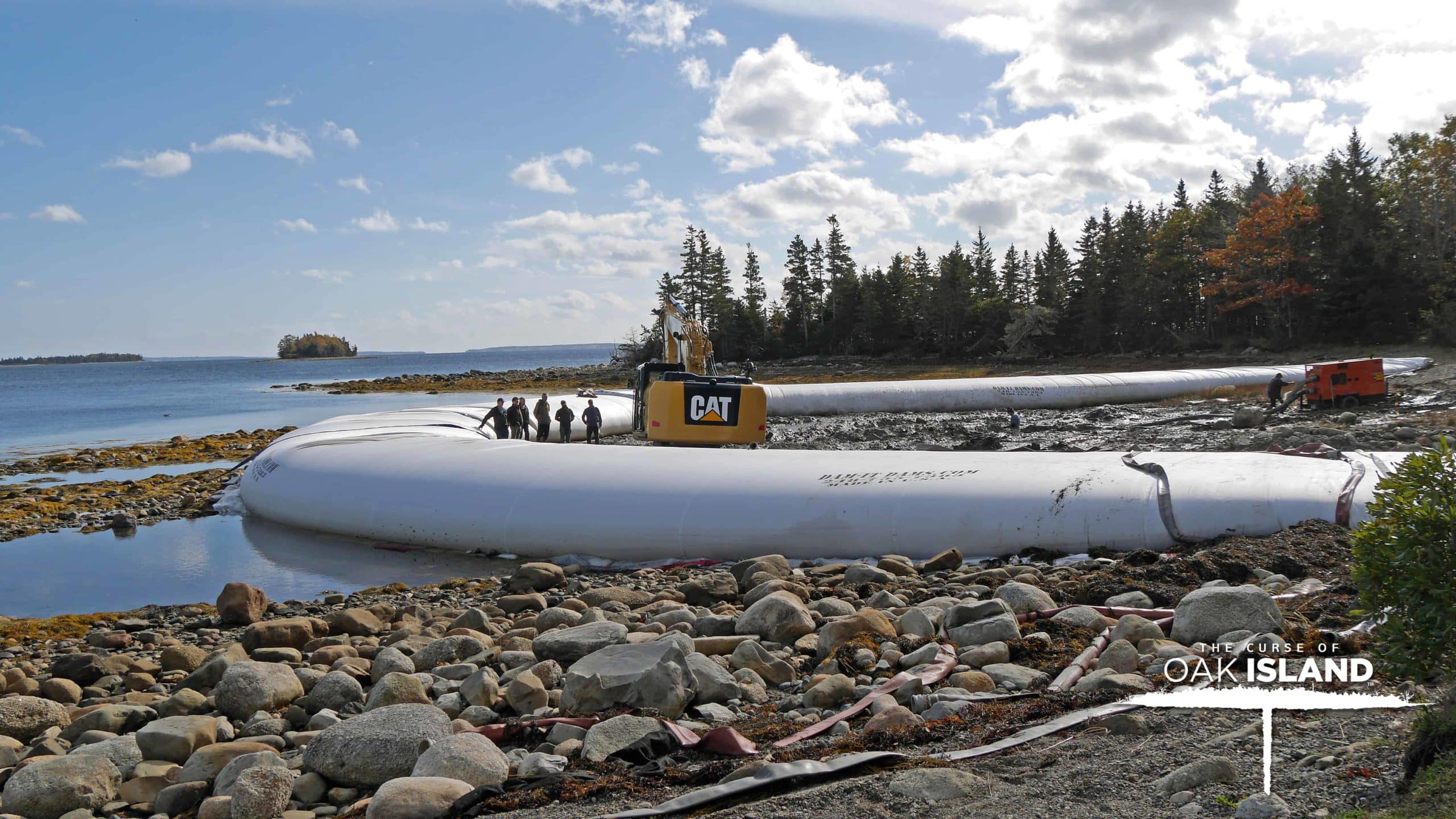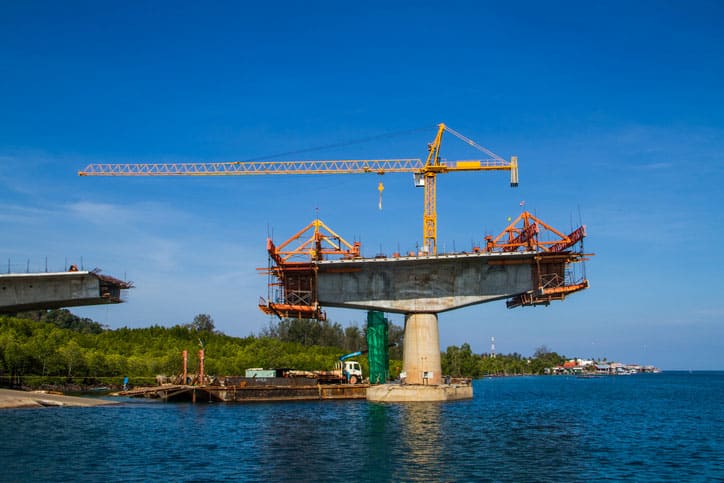While a dry worksite is essential for many construction and repair projects, there are some cases where it is not feasible to cut off the water flow completely. Sometimes, a project requires you to completely block off the water for the duration of your project, while others need a diversion to keep the water flowing smoothly while you work. In most construction projects, draining the site is an ever-present problem, and that’s where cofferdams come in. They hold water away from the worksite, thus allowing construction crews to use their materials and equipment with better precision.
Water-Filled Cofferdams in Construction
A cofferdam is a temporary structure used to isolate a submerged work area, either to contain turbidity or allow for dewatering of the underwater construction area. After dewatering, work can be done in dry conditions, improving the work’s quality while reducing costs. Cofferdams can be critical for various construction projects and construction sites. You may need cofferdams to control sediment discharges from a submerged excavation or dredging area. You might also need water barriers for dewatering purposes. Dewatering is the process of removing water from an isolated, submerged space, resulting in a dry work area.
Dewatering a Work Site
Construction dewatering refers to removing water from an excavated site, such as a foundation pit for a home or building, when it is located below the groundwater table or when constructing in a wet area. The purpose of dewatering is to keep the excavation dry so that concrete footings and other foundation work can be completed appropriately. Dewatering also keeps the workplace dry and safe for construction crews since a muddy work site presents a slipping hazard for both people and machinery, and accumulated water near electrical equipment poses a safety risk.
Water Diversion
Construction projects often require work across streams, rivers, or similar small bodies of water. Since these bodies of water cannot be entirely blocked, water must be diverted to maintain a healthy flow. Water would temporarily be rerouted to prevent or minimize contamination of clean surface waters. Water diversion also provides an effective method of sediment control. With water diversion, work zone sediment is prevented from entering the body of water, which is especially crucial when dewatering stormwater areas. Some typical projects requiring water diversion include bridge repair and construction, dredging, chemical spill control, fish habitat protection, environmental remediation, shoreline restoration, pipeline crossings, levee repair, wetland management, irrigation, and canal work.
Topsoil Conservation
Many typical water intrusion solutions add to the topsoil erosion problem instead of helping deal with it. The traditional explanation for water intrusion issues has continually been constructing temporary structures, usually manufactured from concrete or steel. While the system is being built, the topsoil is disturbed and filters away into nearby water sources. When the construction project is complete, removing the temporary barrier disturbs the topsoil for a second time, creating more problems. The best solution to water intrusion issues for a construction project is using an inflatable cofferdam. Inflatable cofferdams can be placed with minimum disruption to the pre-construction site. Once inflated, they serve as an impenetrable barrier to water, and once their use is complete, they can be deflated and removed with minimum disruption.
Keeping Water Contained with Inflatable Cofferdams from Dam-It Dams
Water is a powerful force if left unchecked. From property damage to water contamination, not having the best protection equipment can be detrimental to your construction worksite. With several sizes to choose from, Dam-It-Dams has proven solutions for controlling large bodies of water. To learn more about water-filled inflatable cofferdams, contact the experienced experts at Dam-It-Dams today. Contact us by calling (810) 695-1695 or reach out online to request a free cofferdam quote.


